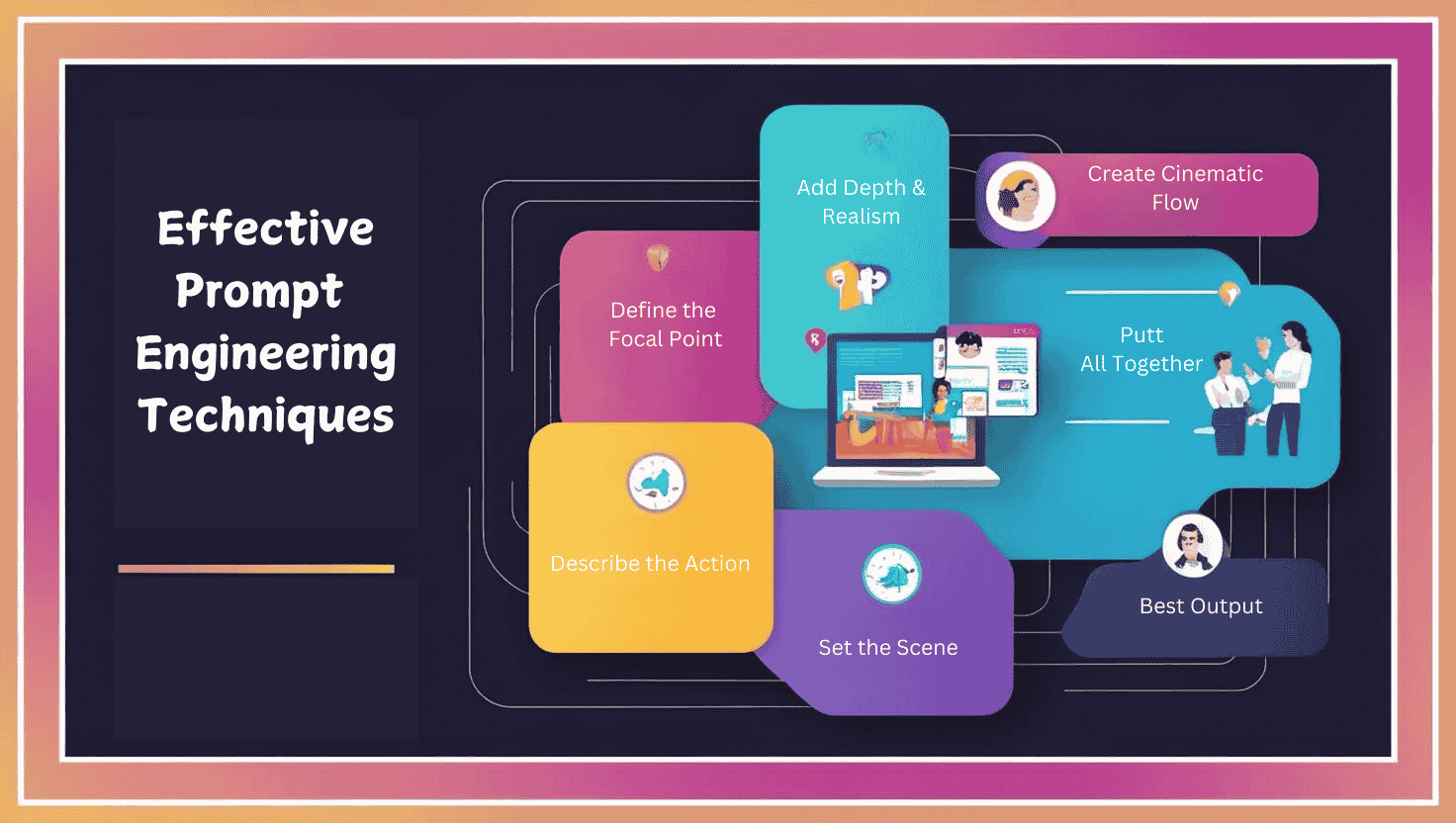Kling AI Prompt Guide: Mastering the Art of Cinematic AI Videos 🎬✨

Creating a cinematic AI-generated video requires more than just entering a simple text prompt. Proper structuring of your prompt is the key to getting the best results with Kling AI. In this guide, we will break down the most powerful prompts for cinematic video generation and reveal a secret hack to make the process faster and more accurate.
Why Proper Prompting Matters?
Every shot, angle, and motion in a video should serve a purpose—whether it’s to:
✅ Amplify emotion
✅ Build tension
✅ Immerse your audience deeper into the scene
While Kling AI offers high-quality outputs and strong prompt adherence, no AI is perfect. Some elements may not always be captured exactly as described, but with a well-structured prompt, you can:
✔️ Get accurate results faster
✔️ Reduce retries, saving time and credits
✔️ Improve cinematic quality in every shot
The 5 Essential Components of a Cinematic Prompt
A well-crafted AI video prompt consists of five main components:
A well-crafted AI video prompt consists of five main components:
1️⃣ Subject – Define the Focal Point
The subject is the main focus of your video. This could be a person, an object, or even a concept. Be specific!
🔹 Examples:
- A lone warrior standing on a cliff
- A futuristic city with flying cars
- A mysterious woman in a dark alley
2️⃣ Movement – Describe the Action
This defines what is happening in the scene. Movement makes a video dynamic and engaging.
🔹 Examples:
- The warrior draws his sword as the wind blows
- The flying cars zip through the neon-lit skyline
- The woman turns her head slowly, revealing glowing eyes
3️⃣ Background – Set the Scene
The background sets the tone and mood of the video. It should complement the subject and action.
🔹 Examples:
- A medieval battlefield covered in mist
- A cyberpunk city with neon signs
- A haunted forest with flickering lights
4️⃣ Background Movement – Add Depth & Realism
A static background can make a scene feel lifeless. Adding background movement enhances realism and immersion.
🔹 Examples:
- The mist swirls around the battlefield
- Neon signs flicker as rain pours
- Trees sway as the wind howls in the haunted forest
5️⃣ Camera Motion – Create Cinematic Flow
Camera movement is crucial for making videos feel professional. It adds a cinematic touch by guiding the viewer’s focus.
🔹 Examples:
- Slow zoom in on the warrior’s face for dramatic effect
- Tracking shot following the flying cars from above
- Handheld shaky cam to create a suspenseful effect
Putting It All Together – The Ultimate Prompt Structure
Now that you understand the components, let’s create a cinematic AI prompt using this structure:
📌 Prompt Example:
A lone warrior stands on a misty battlefield. He slowly draws his sword, preparing for battle. The fog swirls around him, moving with the wind. The camera zooms in dramatically on his determined expression.
🎬 Breakdown:
✅ Subject: A lone warrior
✅ Movement: Draws his sword, preparing for battle
✅ Background: Misty battlefield
✅ Background Movement: Fog swirls around with the wind
✅ Camera Motion: Slow zoom-in for dramatic effect
By using this structured approach, you can ensure high-quality cinematic results on the first try!
Secret Hack: Generating Prompts Super Fast! 🚀
Manually crafting a professionally written prompt for every video can be time-consuming. Here’s how to speed up the process:
✅ Use ChatGPT to Auto-Generate Prompts
1️⃣ Copy the 5-component structure from this guide
2️⃣ Paste it into ChatGPT
3️⃣ Ask it to generate a cinematic prompt based on your idea
👉 Example: “Create a cinematic AI video prompt using this structure for a futuristic robot battle.”
By tweaking the generated prompts, you can quickly refine your ideas and get professional-grade results in seconds.
Final Thoughts: Master Kling AI with Smart Prompting
Proper prompt structuring is the key to unlocking Kling AI’s full potential. By following this guide, you can:
✔️ Generate high-quality cinematic AI videos
✔️ Reduce retries & save credits
✔️ Achieve professional storytelling with AI
Start using this powerful prompt guide today and create cinematic masterpieces with Kling AI! 🎥✨
